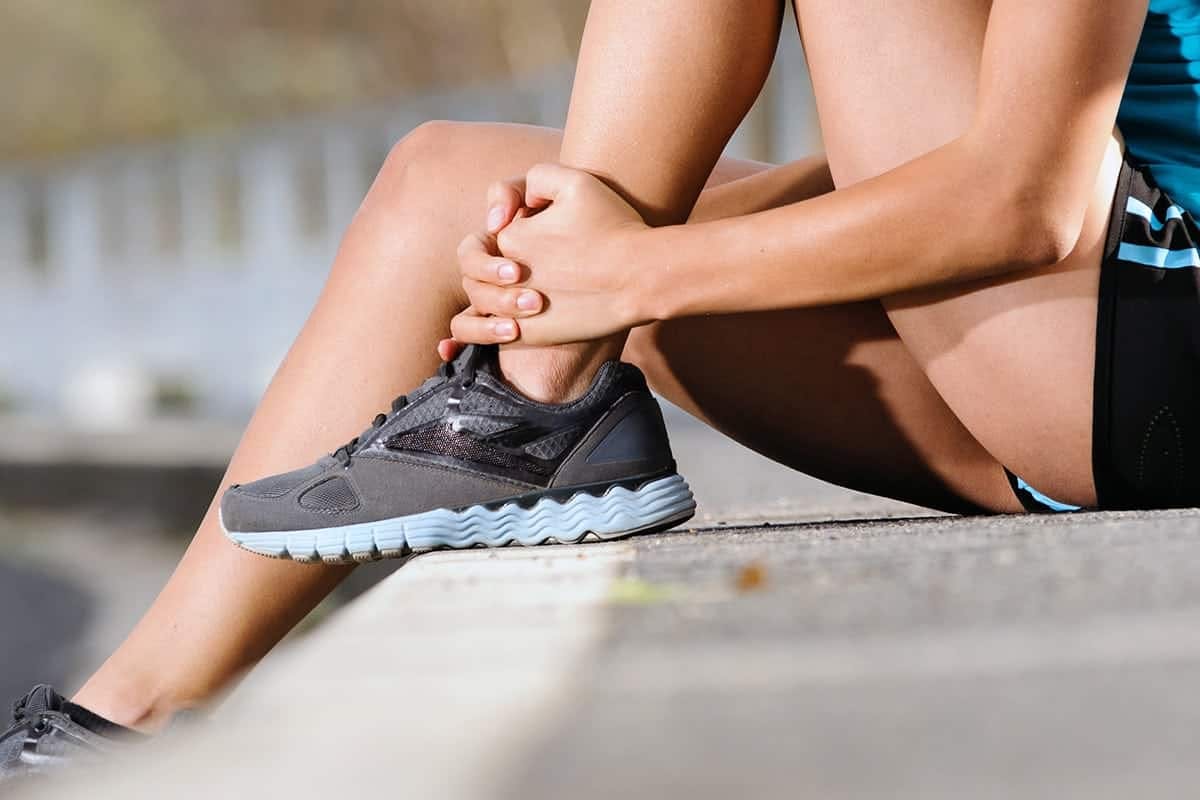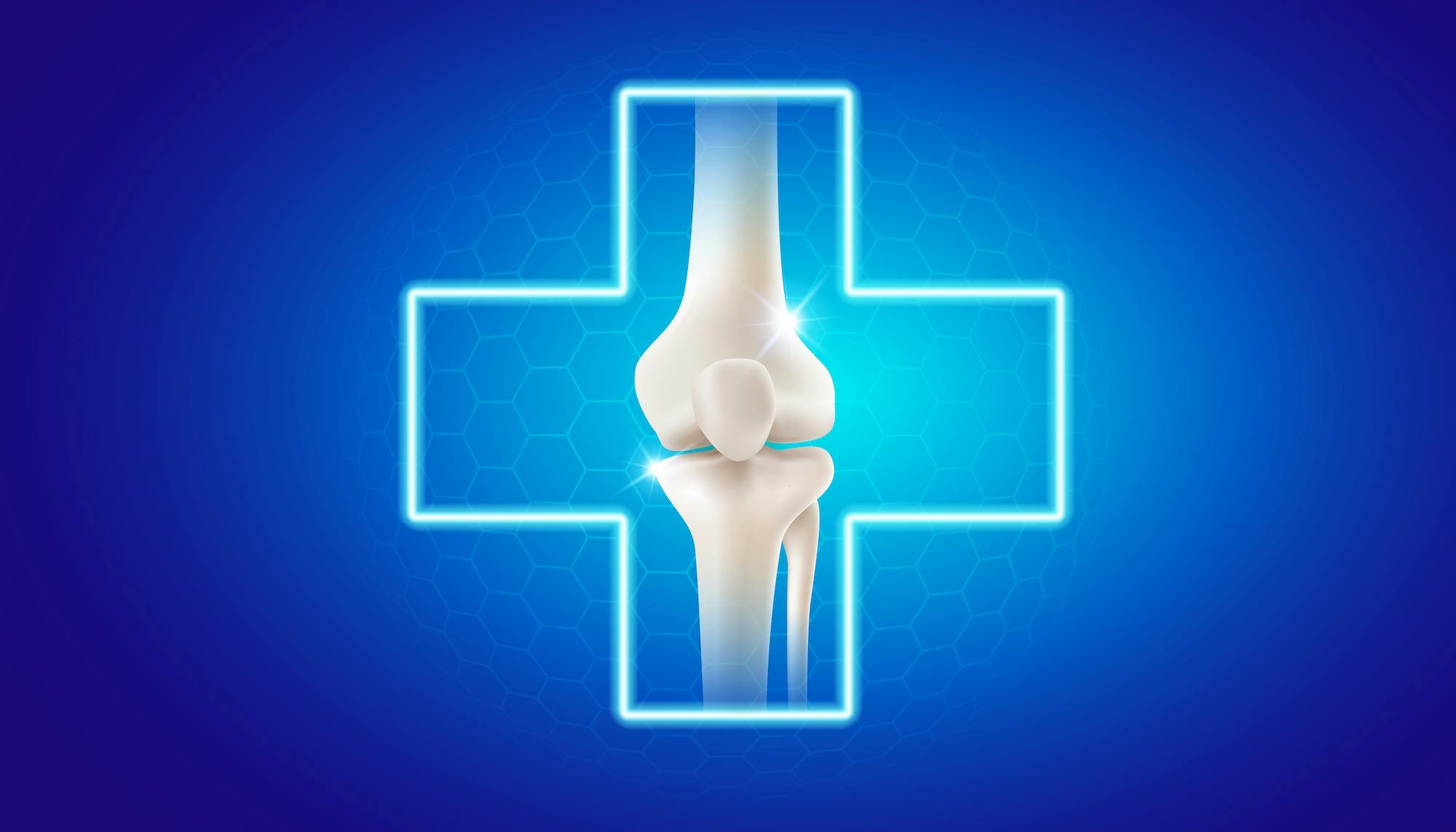- Blog
Tips to Prevent Running Injuries
Posted on 04-16-2025 in Running by Dr. Erik Nilssen

Posted on 04-16-2025 in Running by Dr. Erik Nilssen
Many of the common running injuries occur because of overtraining, overuse, a biomechanical flaw in body motion and structure, improper shoes, or a combination of all of them. While you should always apply common sense when running, below are five practical running injury prevention tips you can put in place on your next run this fall.
1) GET YOUR CORE STRENGTH TRAINING IN
Core stability is the key to preventing injuries in almost anything, but also running. You can increase endurance through strength training, which also helps with running performance. It improves the body’s strength and helps to reduce muscle fatigue, the latter of which can result in injuries and poor performance. Be sure to incorporate a couple of strength training sessions each week this autumn that includes plyometrics, hill running, and weightlifting as added exercises to increase your core strength and running form.
2) TREAT YOUR FEET TO GREAT RUNNING SHOES
It’s important that your shoes are the right model for your running style and are not worn out. You can cause pain in your legs, feet, hips, or knees, or develop plantar fasciitis, by wearing the wrong shoes. Get properly fitted for running shoes at a specialty running shop and change them after every 500 miles.
3) MAINTAIN FLEXIBILITY
Maintaining flexibility is important, particularly in the calves or heel cord for mid to forefoot runners. When your body is flexible, it realizes more endurance and strength, is less prone to injury, has a better range of motion, recovers faster, and just plain feels better when it is flexible.
You can enhance your performance with Range of Motion Exercises (ROME), which lengthens your muscles. To do this, you need to work each of your muscles. You simply contract each muscle’s opposite to relax the isolated muscle and lengthen it. You should perform this exercise quickly and gently, holding the position for a couple seconds only, and repeating 10 times.
4) BE SURE TO PACE YOURSELF
When runners push themselves too hard and too fast, it can result in running injuries. It’s important to pace yourself by building your weekly running miles up slowly each week as you enjoy the cool crisp air on your fall season runs. A good rule of thumb is to add no more than a 10 percent increase each week. Adding sprints can help you to safely build up endurance.
5) STAY HYDRATED
Water lubricates your joints and regulates your body temperature. Your body will not run at its peak performance if you are not properly hydrated. The American Council on Exercise suggests you drink no less than 17 ounces of water a couple hours before exercising and another 8 ounces around 30 minutes before you begin your warm-up. Every 10 to 20 minutes while you exercise, drink 7-10 ounces of water and another 8 ounces around 30 minutes after you have completed your workout. Sports drinks are good for high intensity workouts that last over an hour.
Dr. Erik Nilssen is the first physician in the south to offer a weight-bearing CT scanner for runners at his North Florida Bone & Joint Specialists at The Andrews Institute clinic. If you’re a runner, we encourage you to come in and get a scan of your feet with your running shoes on. This will help you see exactly how the running shoe fits, and if it is causing you any issues while running long distances.
The introductory price is $200 (or $150 if you bring in your racing bib) starting early 2016. The scan includes both feet in your running shoes, and you’ll get a CD copy of the scan to discuss the scan with a certified athletic trainer and options for footwear and exercise. Appointments are one hour and completed on Fridays only.
Call North Florida Bone & Joint Specialists at 855-998-FOOT to make an appointment for your weight-bearing CT scan for runners.

March is National Nutrition Month®, and as part of the conversation, the North Florida Bone & Joint team wants to emphasize the impact diet can have on your bone health. Before diving in, it's essential to understand the role the skeleton plays in your body. Specifically, the skeleton—and the bones its comprised of—serve the following functions:

At North Florida Bone & Joint Specialists, we’re committed to delivering convenient, expert care throughout the Gulf Coast. As part of that commitment, we’re excited to announce the expansion of our clinical office footprint. In March, we opened two new locations in Milton and Navarre, FL, further enhancing our ability to serve patients across Northwest Florida.

Valentine’s Day is all about love—so why not show your joints some love, too? Whether you’re an athlete, an active adult, or simply looking to maintain mobility as you age, taking care of your joints is essential for long-term health and well-being. At North Florida Bone & Joint Specialists, we believe that self-care isn’t just about relaxation—it’s about making intentional choices to keep your body strong, pain-free, and resilient. Here are four self-care tips to keep your joints healthy and moving with ease: